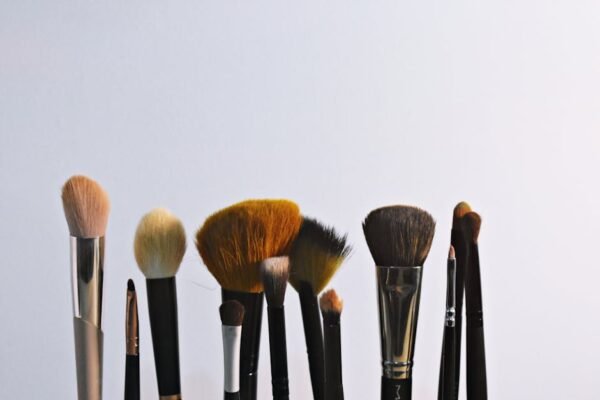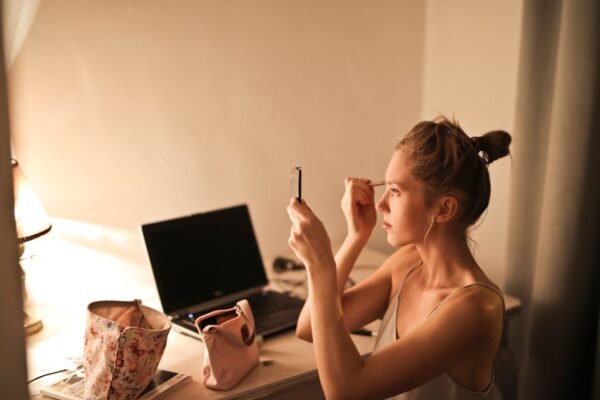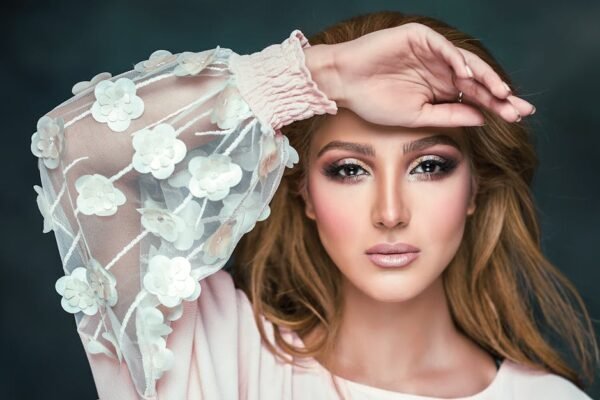Introduction to LED Light Therapy
{“type”:”img1″,”src”:”https://facehubs.com/wp-content/uploads/2024/03/fileUpload-57.jpg”,”alt”:”woman receiving LED light therapy”}LED light therapy is emerging as a popular non-invasive treatment for various skin concerns, including wrinkles, fine lines, and aging signs. This technology uses specific wavelengths of light to penetrate the skin, promoting rejuvenation and collagen production. While it sounds promising, many people wonder if it truly delivers the results it claims.
Light Emitting Diode (LED) therapy involves using specific color wavelengths to target different skin concerns. For wrinkles, red and near-infrared lights are predominantly used. These wavelengths are known for their ability to stimulate collagen production, a key factor in maintaining skin's elasticity and firmness.
The appeal of LED therapy lies in its non-invasive nature. Unlike laser treatments or surgical options, LED therapy is painless and requires no recovery time, making it an attractive option for those looking to reduce signs of aging without extensive procedures.
Despite its popularity, it's crucial to approach LED light therapy with realistic expectations. The effectiveness can vary based on several factors, including skin type, the severity of wrinkles, and the quality of the device used for treatments.
Research supports the use of LED therapy for skin rejuvenation, but it's also important to note that it's not a magic solution. Consistency and patience are key, as results typically manifest over several sessions.
The Science Behind LED Light Therapy
At its core, LED light therapy works by encouraging cellular repair and reproduction. The therapy's specific wavelengths stimulate the skin's natural healing processes, notably the production of collagen and elastin. These are vital proteins for maintaining skin's structural integrity and elasticity.
Collagen production decreases as we age, leading to the formation of wrinkles and fine lines. By promoting collagen synthesis, LED light therapy can help reverse some aging signs and improve skin texture and appearance.
Different colors of LED light address different skin concerns. Red light, for instance, penetrates deeper into the skin compared to other colors, making it especially effective for targeting signs of aging. Near-infrared light, albeit invisible to the naked eye, works alongside red light to enhance cellular repair and rejuvenation.
Scientific studies underline the benefits of LED therapy. A well-cited study in the Journal of Clinical and Aesthetic Dermatology noted significant improvements in skin complexion and feeling of firmness among participants after LED therapy sessions.
However, while the science is promising, it's essential to use LED therapy as part of a broader skin care routine. Results are more profound when combined with healthy lifestyle choices and proper skin care.
{“type”:”img1″,”src”:”https://facehubs.com/wp-content/uploads/2024/03/fileUpload-58.jpg”,”alt”:”collage of LED skincare devices”}Professional vs. At-Home LED Devices
The market is flooded with a variety of LED light therapy devices, ranging from professional-grade machines used in dermatologist offices to handheld units designed for home use. The primary difference between these options is the power and coverage area they offer.
Professional LED devices typically deliver more potent light therapy, offering greater efficacy per session. They are often part of a comprehensive treatment plan that might include other non-invasive procedures.
At-home devices, while convenient and initially more affordable, generally have lower power levels. This means that while they can be effective, achieving desired results may require more frequent use over a longer period.
An important consideration when selecting an LED therapy device is safety. Ensuring the device is FDA-approved for the specific treatment intended is crucial. Additionally, consulting with a skincare professional before starting any new regimen can provide personalized guidance and recommendations.
When it comes to treating wrinkles, both professional and at-home devices can be beneficial. The choice often comes down to personal preference, budget, and lifestyle.
Maximizing LED Therapy Results
For those considering LED light therapy, there are several ways to optimize results. First, consistency is crucial. As with any skincare treatment, regular sessions are necessary to achieve and maintain improvements.
Integrating LED therapy into a comprehensive skin care routine can enhance its effectiveness. Products that promote hydration and collagen production, such as hyaluronic acid and vitamin C serums, can complement the rejuvenating effects of LED light.
Protecting the skin from further damage is also important. This means applying sunscreen daily to guard against UV damage, which can undermine the benefits of LED therapy.
Lifestyle factors play a significant role in skin health. Adequate hydration, a balanced diet rich in antioxidants, and sufficient sleep all contribute to healthier, more resilient skin.
Finally, setting realistic expectations and patience is essential. While LED therapy can significantly improve skin appearance, it's not an overnight solution. Visible changes typically occur gradually, over several weeks or months.
Conclusion
LED light therapy presents a promising option for those looking to reduce wrinkles and rejuvenate their skin. Its non-invasive nature, backed by scientific evidence, makes it an appealing choice for many.
Whether opting for professional treatment or an at-home device, the key to success with LED therapy is consistency, realistic expectations, and a holistic approach to skin care.
As with any treatment, it's best to consult with a dermatologist or skincare professional to determine if LED light therapy is suitable for your specific skin concerns and goals.
In the journey towards healthier, more youthful skin, LED light therapy could very well be a valuable addition to your skincare routine.





